"Lack" of toll stations compared to the contract
Almost 5 years have passed since the T2 station - one of the 2 toll stations of the National Highway 91 upgrade project from Can Tho City to An Giang had to stop collecting tolls, the financial plan was broken. Mr. Nguyen Van Khang, Chairman of the Board of Directors of National Highway 91 Investment Joint Stock Company, still has not thought of a way to escape the debt.
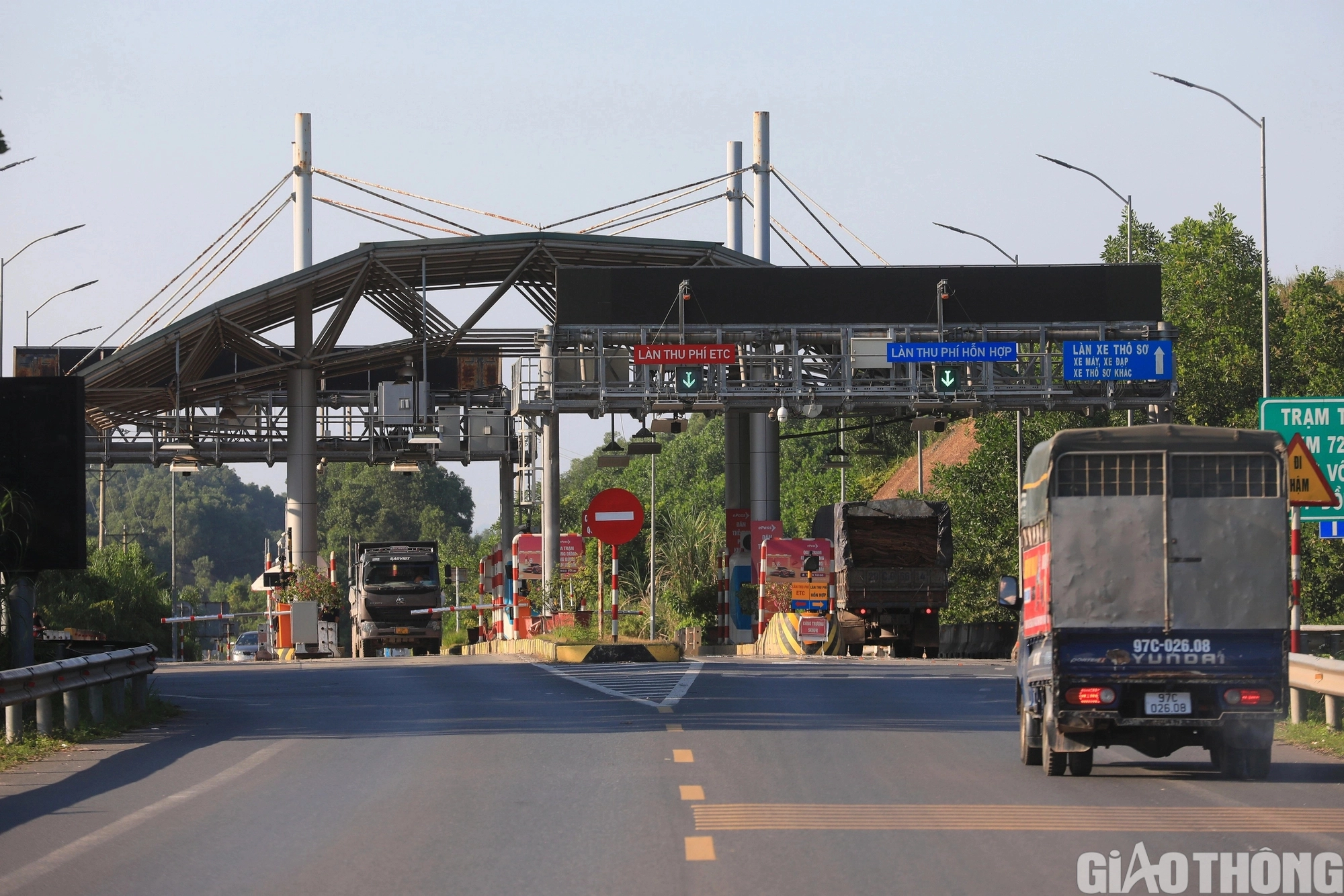
Toll station on the Thai Nguyen - Cho Moi BOT route (Photo: Ta Hai).
Mr. Khang said that the project to upgrade National Highway 91 was completed and put into operation in 2016. According to the agreement, toll collection will be implemented at two stations T1 and T2 within the scope of the project. Of which, station T1 will collect tolls from April 2016. Station T2 will collect tolls from December 30, 2016.
According to data from the Ministry of Transport , before the PPP Law took effect, the country had mobilized about 712,774 billion VND to invest in 242 transport infrastructure projects under the PPP method.
Of which, according to the BOT contract type, the whole country has mobilized more than 318,800 billion VND to invest in 140 projects (the Ministry of Transport is the competent authority for 66 projects, and localities are the competent authority for 74 projects).
Of the total 140 BOT projects implemented before the promulgation of the PPP Law, 50 projects were implemented before 2010, 63 projects were implemented between 2011 and 2015, and 27 projects were implemented after 2016.
According to the assessment, current difficulties and problems are mainly concentrated in projects implemented before 2015.
Toll collection was stable until May 2019, station T2 had to stop collecting because the toll collection did not ensure absolute fairness, some vehicles traveling a short distance, especially the direction from Kien Giang to An Giang still had to pay the toll.
The schedule to increase the fee every 3 years according to the contract terms was also not implemented, while still having to reduce/free the fee for vehicles of people around the station area.
Then a series of district and county level roads "sprouted up" around the location of station T1, creating conditions for vehicles to avoid the BOT toll station QL91.
"Calculations show that the BOT revenue at the project is currently only 15% of the initial financial plan. On average, only 300 million VND is earned per day, not enough to pay the loan interest.
Along with local routes, in 2 years, the parallel Chau Doc - Can Tho - Soc Trang expressway will be put into operation, the traffic volume through station T1 will decrease sharply", the business leader worried, and also said that since station T2 stopped, the investor had to mobilize many sources with hundreds of billions of VND for the project enterprise to pay interest and maintain operations.
Project enterprises are classified as bad debt (group 5 debt) and cannot borrow capital.
Unsecured toll collection plan
Similar to the BOT project to upgrade National Highway 91, for many years, the investor of the Thai Nguyen - Cho Moi BOT project has also fallen into a situation of "debt on debt" because the toll collection plan has not been guaranteed according to the contract signed with the competent authority.
According to a leader of Thai Nguyen - Cho Moi BOT Company Limited, which has been put into operation since January 2018, toll collection has only been implemented on the new route. The BOT station on National Highway 3 cannot collect tolls even though the project was implemented by the investor in accordance with the provisions of the signed contract.
Over the past 5 years, the investor's revenue in the project has only reached 8.7% of the total financial plan. Current revenue is only over 2 billion VND/month out of the total expected revenue of 16 - 17 billion VND/month.
Besides the two above projects, at the Deo Ca road tunnel project (including the Deo Ca, Co Ma, Cu Mong tunnels and the expansion of the Hai Van tunnel), investors are also "hunching over" to pay interest because the toll collection plan has not been guaranteed to be implemented in accordance with the signed contract.
According to the reporter's investigation, based on the investment policy approved by the competent authority, the Ministry of Transport has signed and implemented the project, planning to use 7 toll stations to recover capital, including the station on the La Son - Tuy Loan expressway.
In 2018, implementing Resolution 437, the Government directed a review and concluded that the placement of toll stations on the La Son - Tuy Loan route to recover capital for the Deo Ca tunnel project was inappropriate and potentially caused public backlash.
"This project has been completed by the investor in accordance with the contract commitment. The enterprise has invited the State Audit 6 times and the Ministry of Construction Inspectorate once to inspect, and all assessed the cause as being due to changes in legal policies.
The current problem makes it impossible for businesses to collect fees and also have to worry about monthly bank loan interest payments," a project business leader shared.
In addition to the above 3 projects, according to the report of the Ministry of Transport, currently, there are a number of other projects managed by the Ministry of Transport facing problems with toll stations.
Specifically, the BOT project on Highway 1 bypassing Thanh Hoa City is expected to collect tolls to recover capital at Bim Son station on Highway 1, located approximately 40 km from the bypass. The project was completed and put into operation in 2018, but due to potential security and order risks, tolls have not been collected.
The BOT project to renovate the Saigon River channel and build a new Binh Loi railway bridge is expected to collect fees from watercraft to recover capital through 3 waterway ports (An Son, Rach Bap and Ben Suc ports).
Up to now, Binh Loi railway bridge has been put into operation but it is not possible to collect fees at waterway ports according to the contract because Binh Duong adjusted the planning of inland waterway ports on the Saigon River.
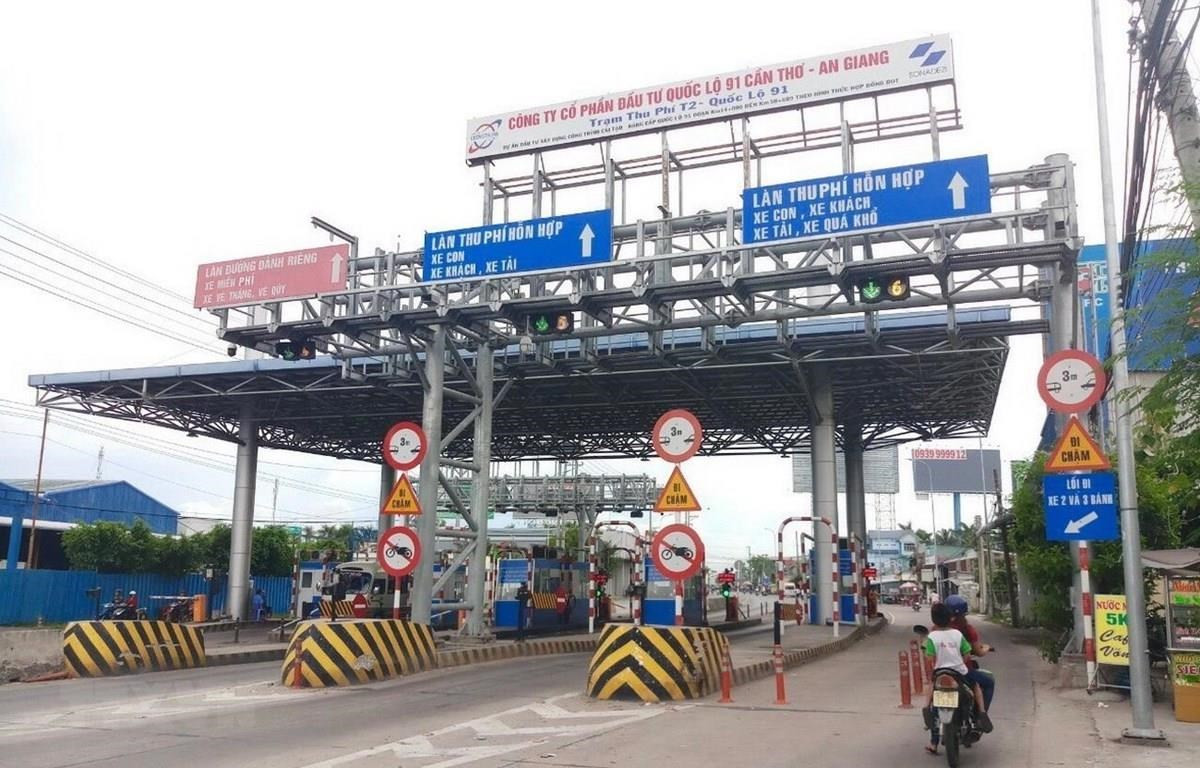
The toll collection plan is not guaranteed, the BOT project enterprise upgrading National Highway 91 from Can Tho City to An Giang has been classified as a bad debt group (Illustration photo).
Many stations have reduced revenue.
According to the Ministry of Transport, out of a total of 66 BOT transport projects managed by the Ministry of Transport, 8 projects have expired their toll collection period, 2 projects have been completed but have not yet collected tolls, 3 projects are under investment and 53 projects are collecting tolls to recover capital.
Of which, in addition to 4 projects earning higher than the contract, there are 26 projects achieving 70-100%, 19 projects achieving 30-70% due to economic growth not reaching the forecast; Some projects have decreased revenue due to vehicles choosing other routes to avoid toll stations.
According to the assessment, after increasing BOT fees at the end of December 2023 combined with increased traffic near Lunar New Year, the average revenue of projects in January 2024 increased by about 17% compared to the average revenue of 12 months of 2023.
In fact, there are 2 projects with serious revenue declines, although fees have been increased but there is no possibility of recovery, so solutions need to be found. Specifically, the Viet Tri - Ba Vi BOT bridge project, after increasing BOT fees combined with increased traffic near the Lunar New Year, revenue in January 2024 increased by 37% compared to the average revenue of the 12 months of 2023 but still not enough to cover maintenance management costs and interest payments.
The BOT project on Highway 91, section Km14 - Km50+889, had stable initial revenue, but so far has only reached 35% of the contract.
There are 4 projects with revenue below 30%. Of these, 2 projects are not able to improve revenue and need solutions, including: Thai Ha Bridge BOT project (revenue about 17% compared to the contract). The reason is that the project was completed in April 2018 but tolls were only collected in January 2019; The Ring Road 5 of the Capital Region connecting directly to Thai Ha Bridge is behind schedule compared to the plan to complete before 2020; Most vehicles choose to travel through the parallel Hung Ha Bridge to avoid paying tolls.
The BOT project Thai Nguyen - Cho Moi and upgrading National Highway 3, section Km75 - Km100, only achieved 17% of the contract revenue due to complicated security and order situation. The investor did not collect tolls at National Highway 3 station, most vehicles chose National Highway 3 to avoid paying tolls.
Businesses recommend solutions to avoid "loss upon loss"
Proposing solutions, the leader of QL91 Investment Joint Stock Company said that the shortcomings in the project have been confirmed not to be the fault of the investor. The project has also been inspected by the State Inspectorate, State Auditor and the National Assembly's Supervisory Delegation.
In addition, for the National Highway 91 upgrade project, the impact from traffic diversion is too great, even with the state capital support mechanism (49%), the project still falls into a situation of "loss upon loss".
Based on the analysis, Mr. Nguyen Van Khang recommended that the competent authority consider and terminate the project contract ahead of schedule, and refund the investment costs to the investor.
"The early resolution shows the state's support in implementing transport projects under the public-private partnership model, helping investors have confidence to be ready to study and participate in "investing capital" in future projects," said Mr. Khang.
Regarding BOT Thai Nguyen - Cho Moi, business leaders said that the most optimal solution at present is for the state to allocate capital to terminate the contract before the deadline.
"Looking straight at reality, the reality is that revenue cannot pay interest, meaning the project will not have a break-even point, and the financial plan will fail.
In case the State allocates capital to buy back a BOT station on the old National Highway 3 (49% capital), the project is allowed to extend the toll collection period, it is also very difficult to calculate how long is enough and it cannot be extended forever," this person shared.
Source






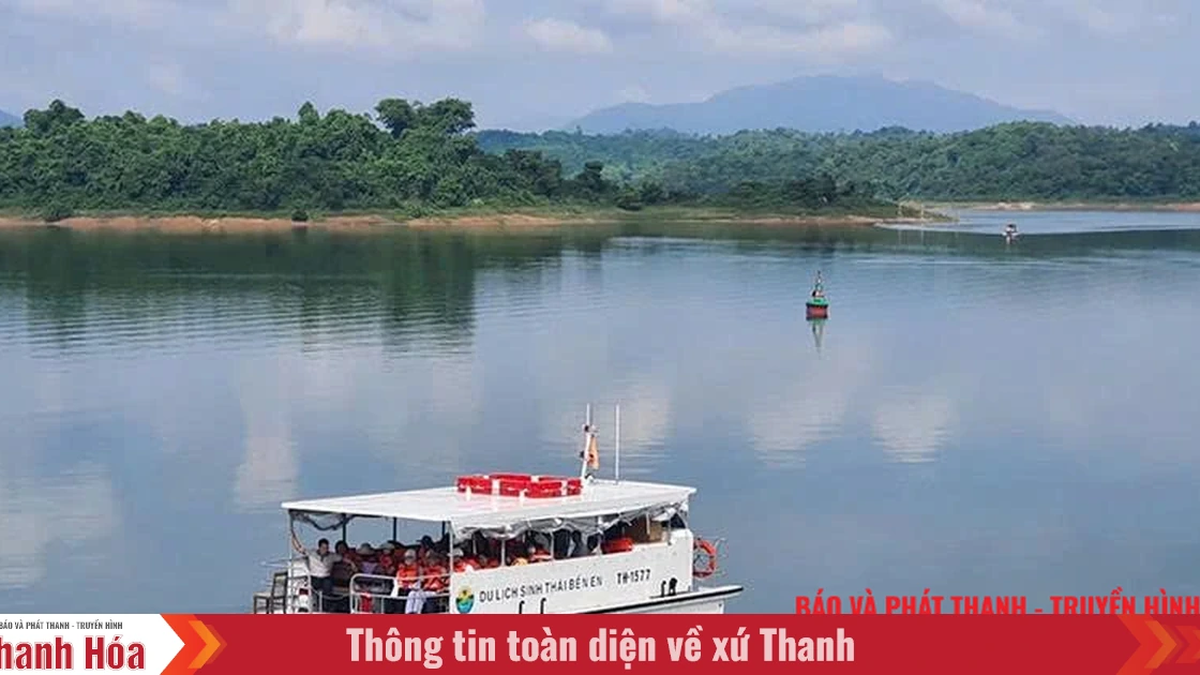
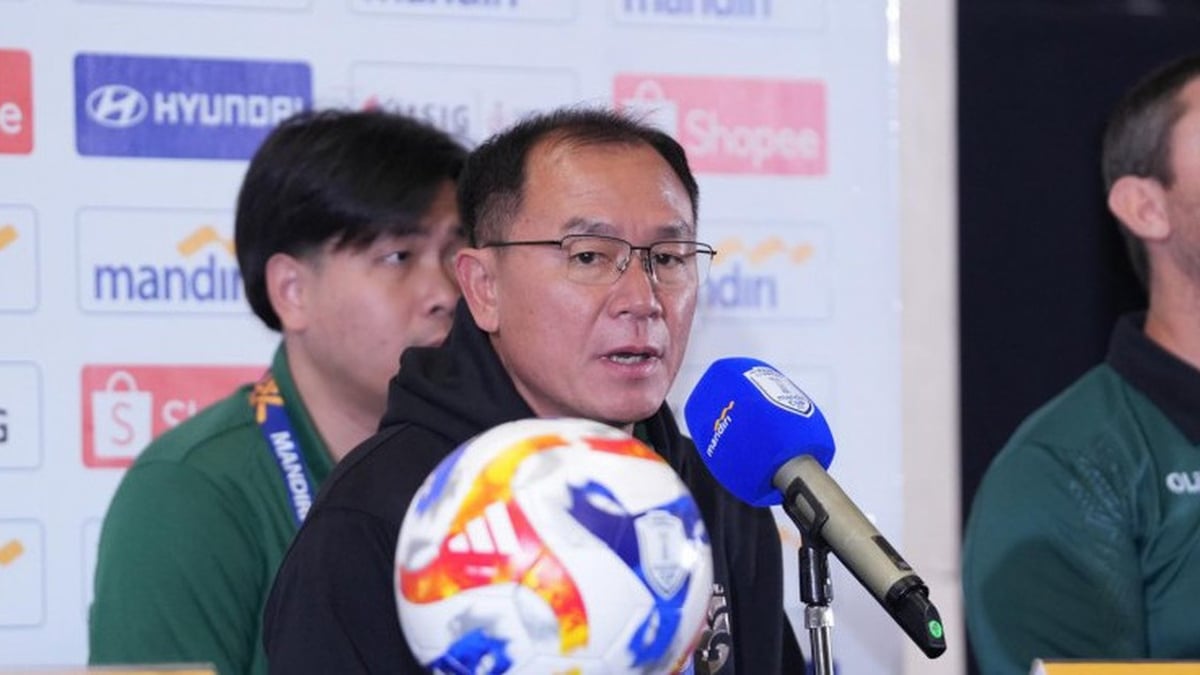
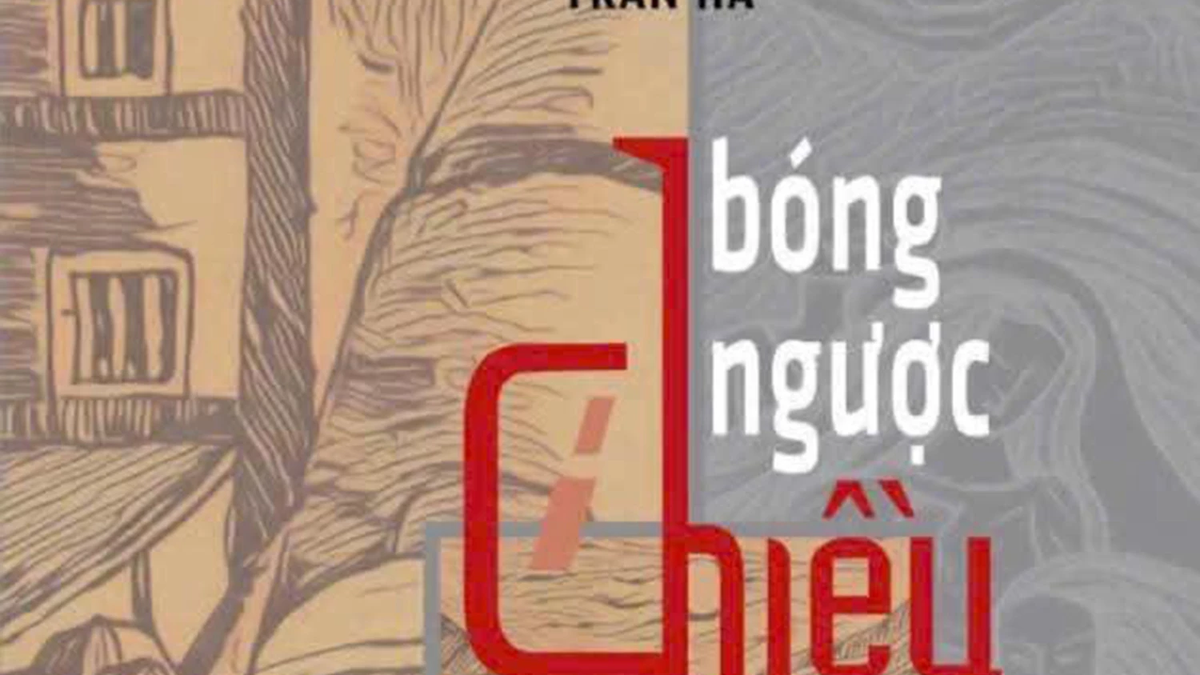
![[Video] More than 100 universities announce tuition fees for the 2025–2026 academic year](https://vphoto.vietnam.vn/thumb/1200x675/vietnam/resource/IMAGE/2025/7/18/7eacdc721552429494cf919b3a65b42e)
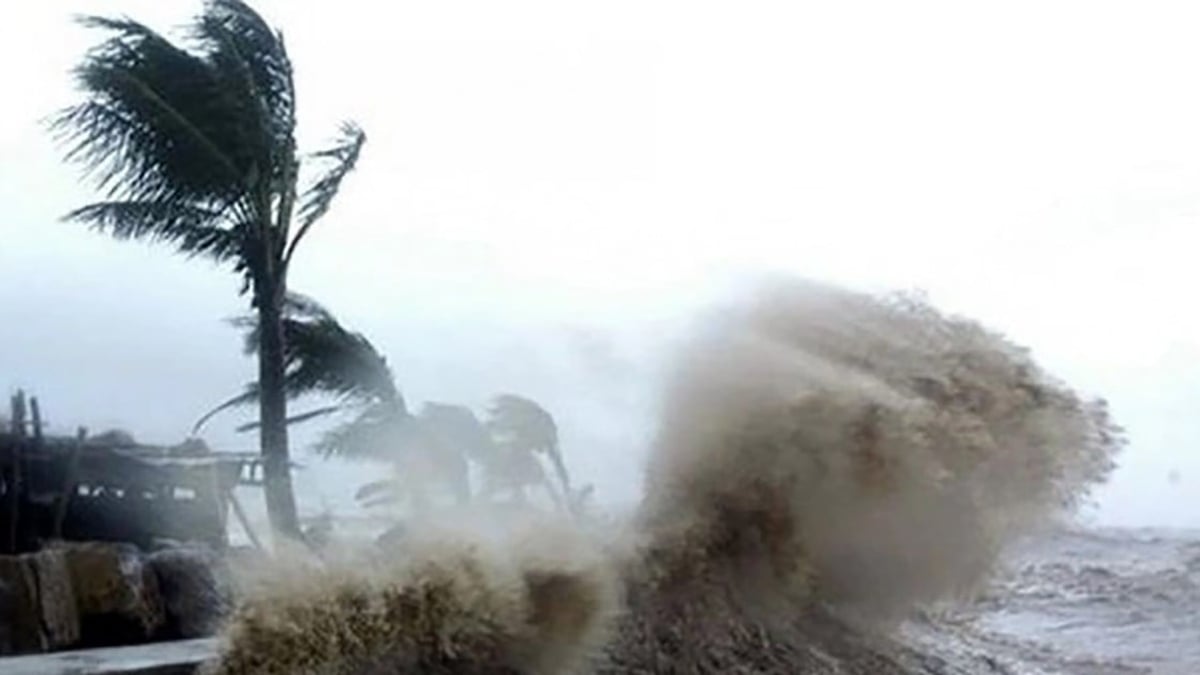



















































































![[Infographic] In 2025, 47 products will achieve national OCOP](https://vphoto.vietnam.vn/thumb/402x226/vietnam/resource/IMAGE/2025/7/16/5d672398b0744db3ab920e05db8e5b7d)





Comment (0)